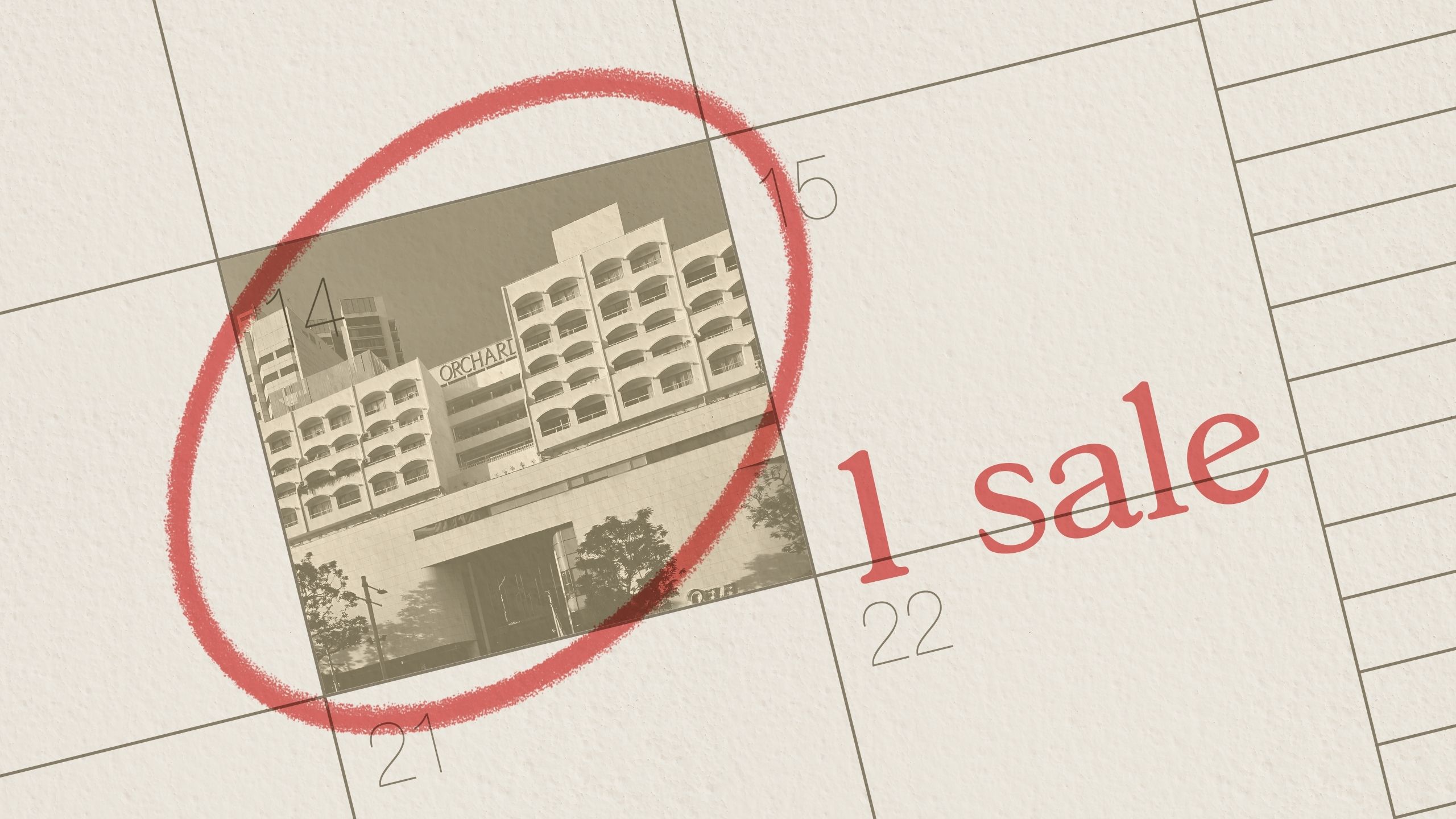Why The Johor-Singapore Economic Zone Isn’t Just “Iskandar 2.0”

Get The Property Insights Serious Buyers Read First: Join 50,000+ readers who rely on our weekly breakdowns of Singapore’s property market.
A seasoned content strategist with over 17 years in the real estate and financial journalism sectors, Ryan has built a reputation for transforming complex industry jargon into accessible knowledge. With a track record of writing and editing for leading financial platforms and publications, Ryan's expertise has been recognised across various media outlets. His role as a former content editor for 99.co and a co-host for CNA 938's Open House programme underscores his commitment to providing valuable insights into the property market.
When it comes to investing in Johor, a number of Singaporeans still frown and mention the “Iskandar situation” back in the early 2000s. For property investors who were present that decade, Iskandar Malaysia once held similar-sounding promises to the Singapore-Johor Economic Zone today. But the end result was disappointment, and a cautionary tale against overzealous real estate speculation. So it’s unsurprising that a common question now is “What’s different this time?” Let’s take a closer look and see if anything has changed:
What is the Johor-Singapore Special Economic Zone (JS-SEZ)?
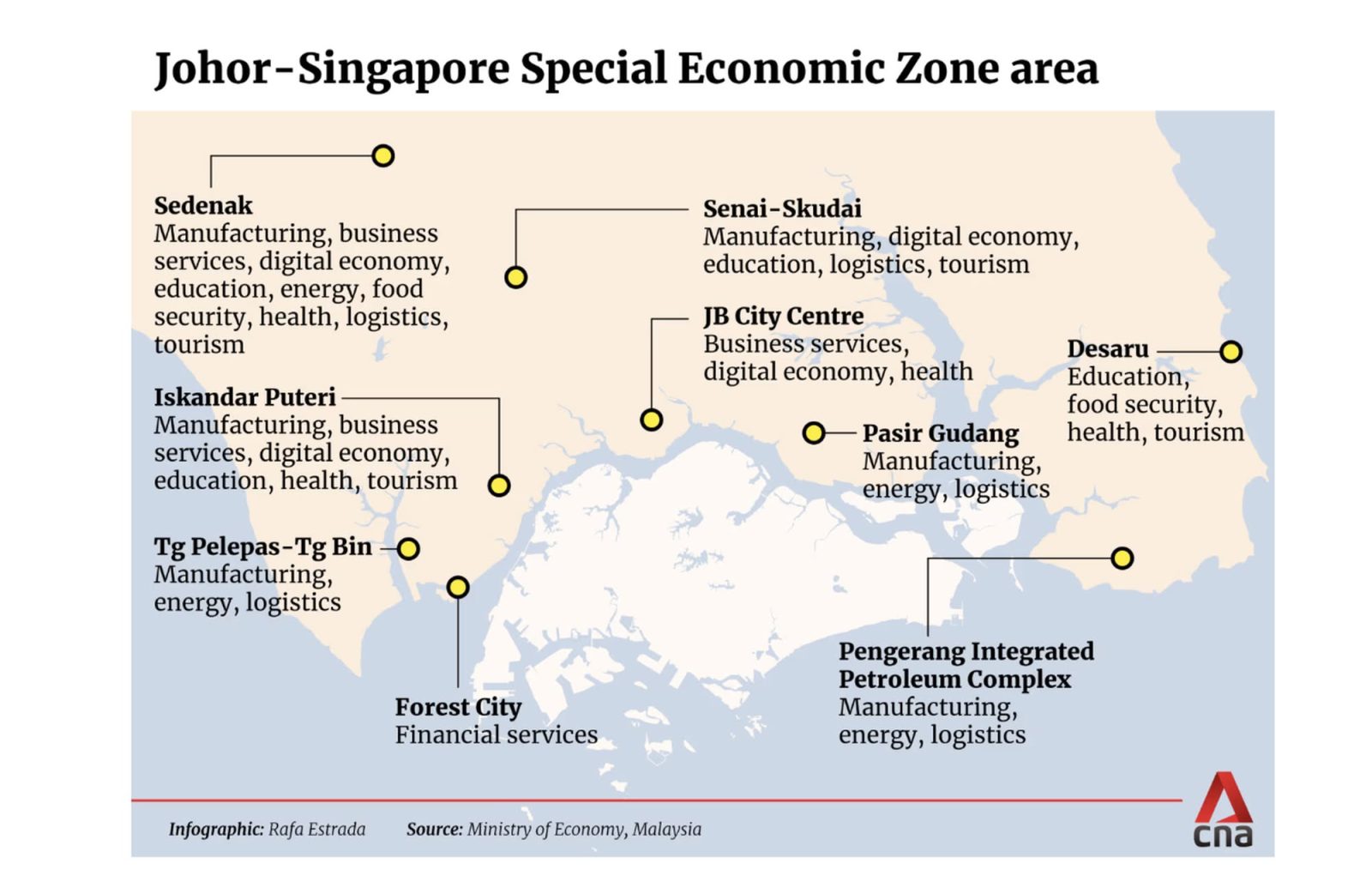
The JS-SEZ was announced in January 2025. It’s a bilateral economic initiative between Malaysia and Singapore; the idea is to create an “economic corridor” in the south of Johor that includes multiple districts (Johor Bahru, Iskandar Puteri, and Pasir Gudang). This will boost key sectors on both sides of the border, including manufacturing, logistics, digital economy, green energy, and others.
Unlike previous regional efforts like the 2000s Iskandar, the JS-SEZ is said to have stronger collaboration between both countries. The initiative includes a joint project office by Singapore’s Ministry of Trade and Industry and Malaysia’s Economic Ministry, for example; this should ensure smoother regulatory systems for investors on both sides of the border.
The zone also includes dedicated incentive packages. Corporate tax rates can be as low as five per cent in the relevant region; and the initiative has plans for the former problem project of Forest City. From what we understand, Forest City will now be repurposed as a Special Financial Zone.
(From available information, this means Forest City will have a separate set of regulations aimed at attracting international businesses, like streamlined visa and work permit processes for foreign professionals.)
Overall, the greatest shift is a refocusing on the region’s growth in sustainable, long-term economic development. There’s a clear intent to avoid the situation in 2000s Iskandar, where it became a property speculation zone more than a business hub.
Why is it going to be different this time?
We would put it down to three main reasons:
- This is a bilateral effort, not a solo project
- Improved connectivity with the RTS link
- We have (hopefully) learned from previous supply issues
1. This is a bilateral effort, not a solo project
Iskandar Malaysia was a largely Malaysian-driven initiative, with limited formal involvement from Singapore. In contrast, the JS-SEZ is a full-fledged bilateral undertaking. As mentioned, both governments are co-steering the effort.
This matters because Singaporean investors now have more assurance that policy alignment, infrastructure coordination, and long-term political will are being handled at the highest level and with our own government’s involvement. The lack of this was a key weakness during the Iskandar years.
For example, we can count on the fact that information and updates will be issued by both governments, with investors on both sides staying equally and fairly informed. Also, a key frustration in Iskandar’s rollout was navigating Malaysian federal and state-level red tape. The JS-SEZ introduces a one-stop centre (IMFC-J) in Johor and commits to smoother processing for investments, so Singaporean agencies are directly involved.
2. Improved connectivity with the RTS link
More from Stacked
5 Property Asset Progression Risks Upgraders Must Know To Avoid Financial Setbacks
Picture this: you're sitting down with a property agent, discussing your long-term financial goals. You mention your desire to build…

This one is quite straightforward: back in the previous Iskandar days, the RTS link never materialised. Some might recall certain unfortunate political developments at the time, which caused a shift in the Malaysian government’s priorities. But now the Johor Bahru-Singapore RTS Link is slated to begin operations by end-2026, and with a capacity for 10,000 passengers per hour per direction.
We probably don’t need to explain how much this changes the situation, now that the RTS is backed by hard infrastructure timelines.
3. We have (hopefully) learned from previous supply issues
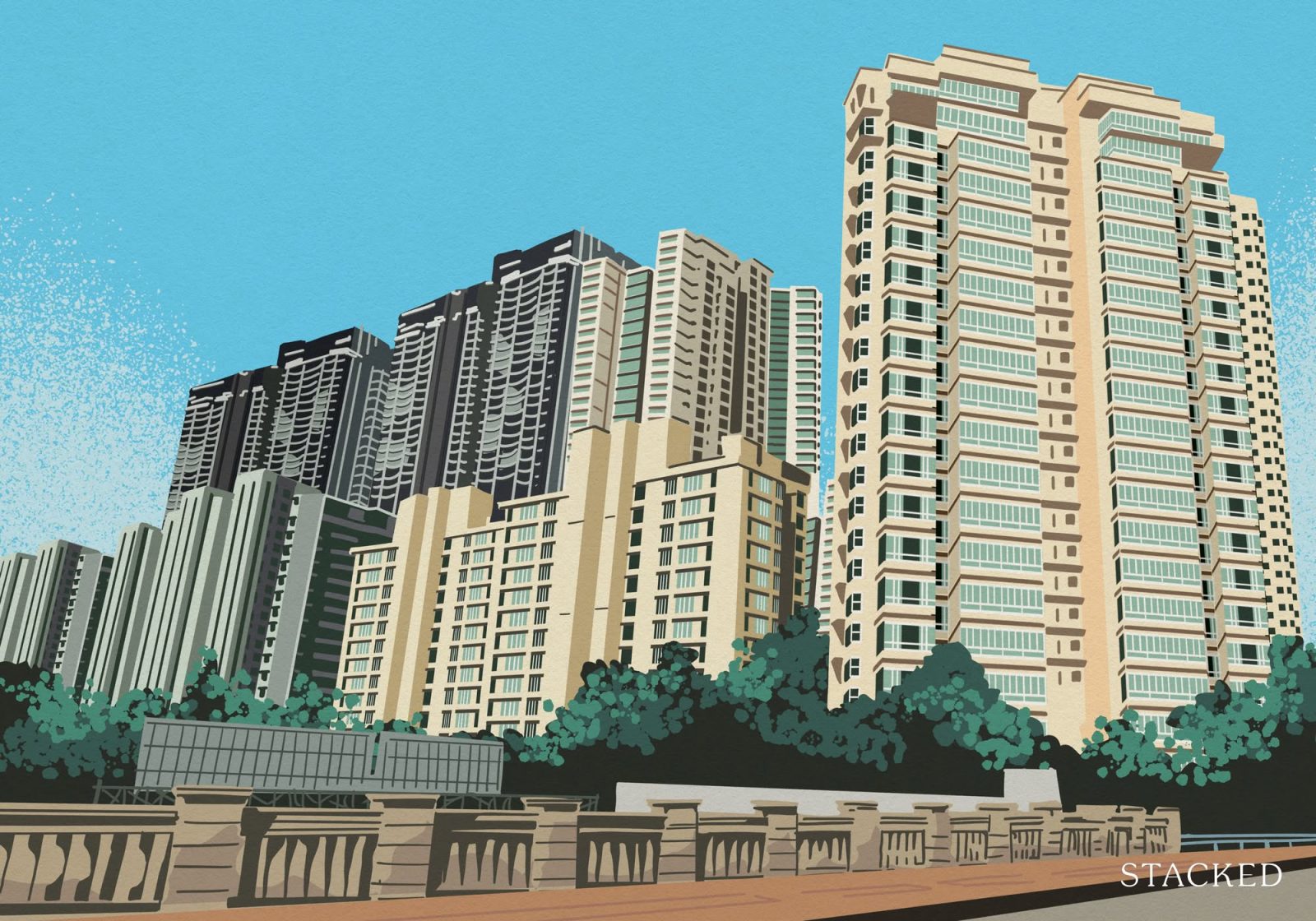
Iskandar Malaysia became synonymous with ghost towns and empty condominiums. Projects like Forest City were massively overbuilt based on the assumption of constant foreign demand, which never fully materialised.
Today, Johor developers are more cautious. According to data from the National Property Information Centre (Napic), overhang properties in Johor Bahru dropped from 16,799 units in 2022 to 14,063 in 2024. This is a significant 16 per cent reduction that signals quicker market absorption, and greater developer discipline. Meanwhile, due to the nature of the JS-SEZ, incentives are focused on attracting real industrial and services investments first.
This is again a difference from the previous Iskandar situation, where the emphasis was accidentally shifted toward condo flippers and aspiring landlords. Over the past two decades, the property market in Johor has matured, and the demand being targeted – cross-border workers and logistics firms – is more grounded in actual economic realities.
But we know how markets can be unpredictable, and how quickly their participants can slip back into bad habits; so we’re adding the caveat that everyone appears to have learned their lesson, without going so far as to guarantee or confirm it.
In conclusion, imagine the same song, but improvised and performed by a more skilled musician
It’s not really fair to call the JS-SEZ “just Iskandar 2.0.” It’s a full reboot; one with better coordination, real transport links, and targeted economic activity. While investors should still proceed with caution, the foundations look a lot stronger this time – and more likely to turn promise into performance.
Don’t forget though, that currency and political risks remain
Even with stronger bilateral coordination, investors should remain aware that some risks are beyond the scope of the JS-SEZ. The Malaysian ringgit remains volatile against the Singapore dollar, and any gains on paper could be eroded by adverse exchange rate movements.
Likewise, while the JS-SEZ reflects a shared political will at this point in time, domestic policy shifts in either country (especially Malaysia) could still affect the long-term execution. Many investors still remember how earlier momentum for the Iskandar initiative faded after changes in the Malaysian administration.
So while the structure and intent of the JS-SEZ are stronger, these macro risks haven’t gone away and should be factored into any long-term investment outlook.
If you’re looking into property investment on either side of the border, follow Stacked for more deep-dive insights into property trends, investment angles, and market analysis. If you’d like to get in touch for a more in-depth consultation, you can do so here.
Ryan J. Ong
A seasoned content strategist with over 17 years in the real estate and financial journalism sectors, Ryan has built a reputation for transforming complex industry jargon into accessible knowledge. With a track record of writing and editing for leading financial platforms and publications, Ryan's expertise has been recognised across various media outlets. His role as a former content editor for 99.co and a co-host for CNA 938's Open House programme underscores his commitment to providing valuable insights into the property market.Read next from Editor's Pick

Overseas Property Investing The Biggest Mistake Singaporeans Make When Analysing Overseas Property

New Launch Condo Analysis This New Pasir Ris EC Starts From $1.438M For A 3-Bedder: Here’s What You Should Know
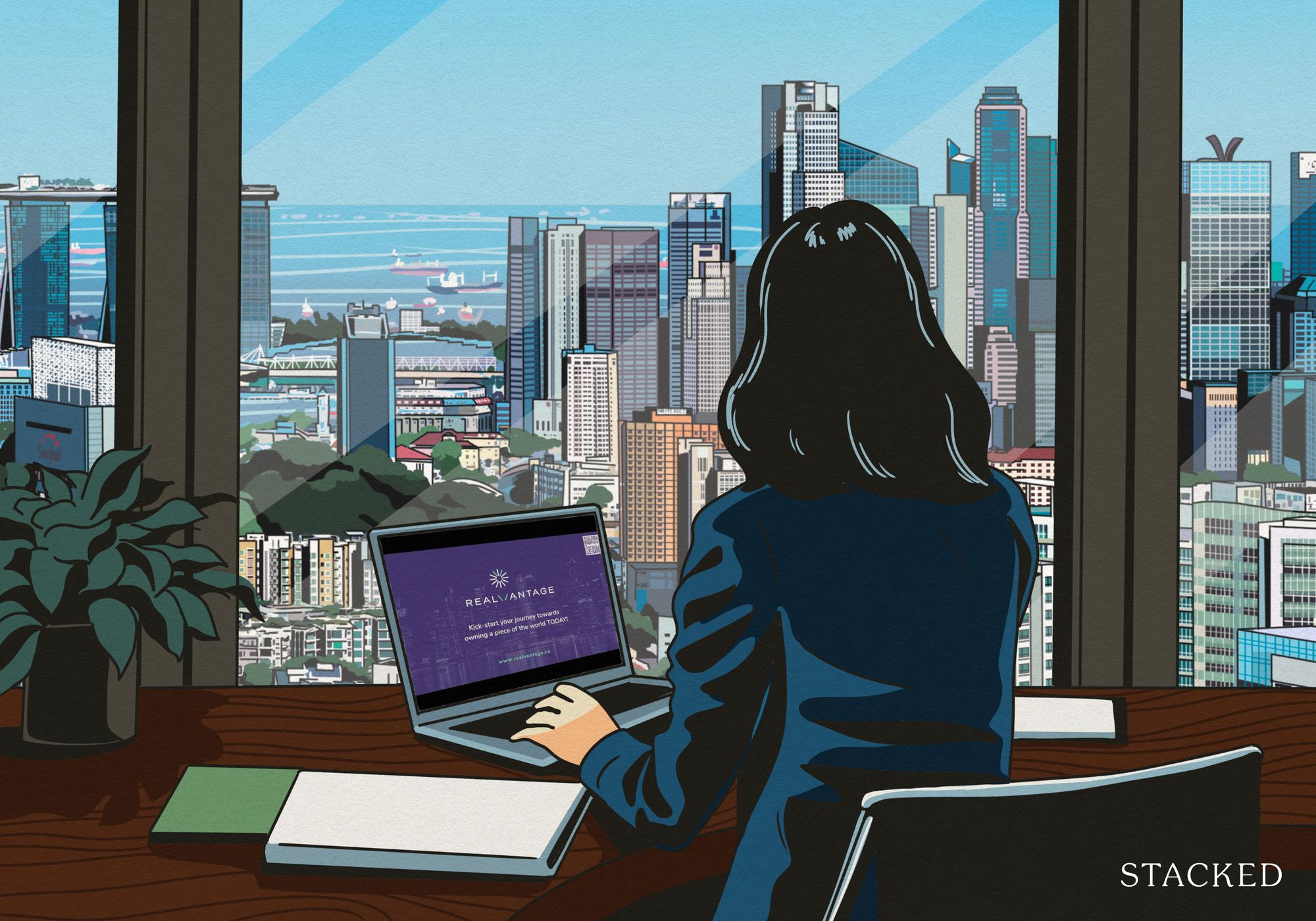
Property Investment Insights How This Singapore Property Investor Went From Just One Property to Investing in Warehouses and UK Student Housing
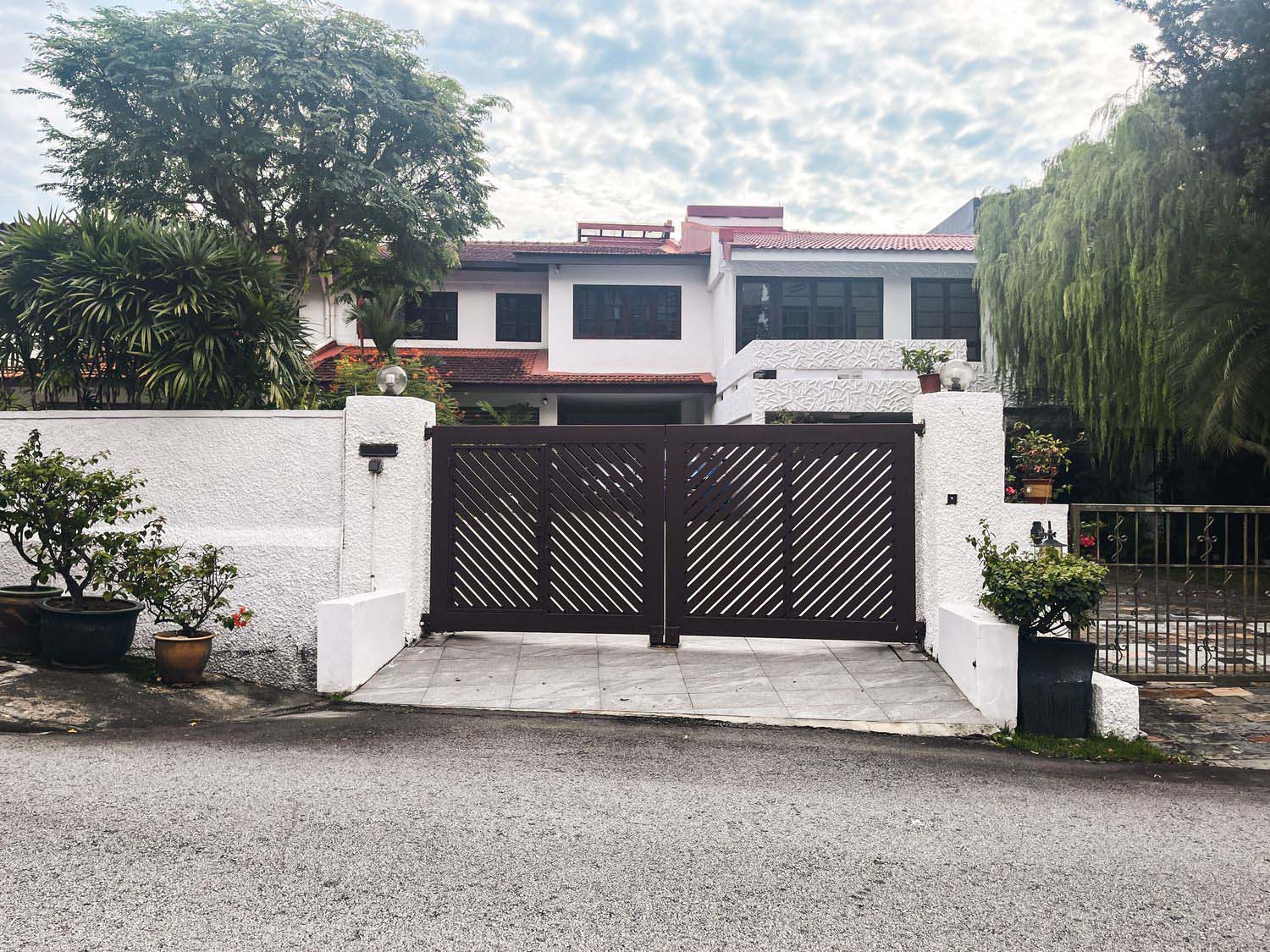
Landed Home Tours We Toured A Quiet Landed Area In Central Singapore Where Terraces Have Sold Below $8 Million
Latest Posts

Pro How Much More Should You Really Pay for a Higher Floor or Sea View Condo?
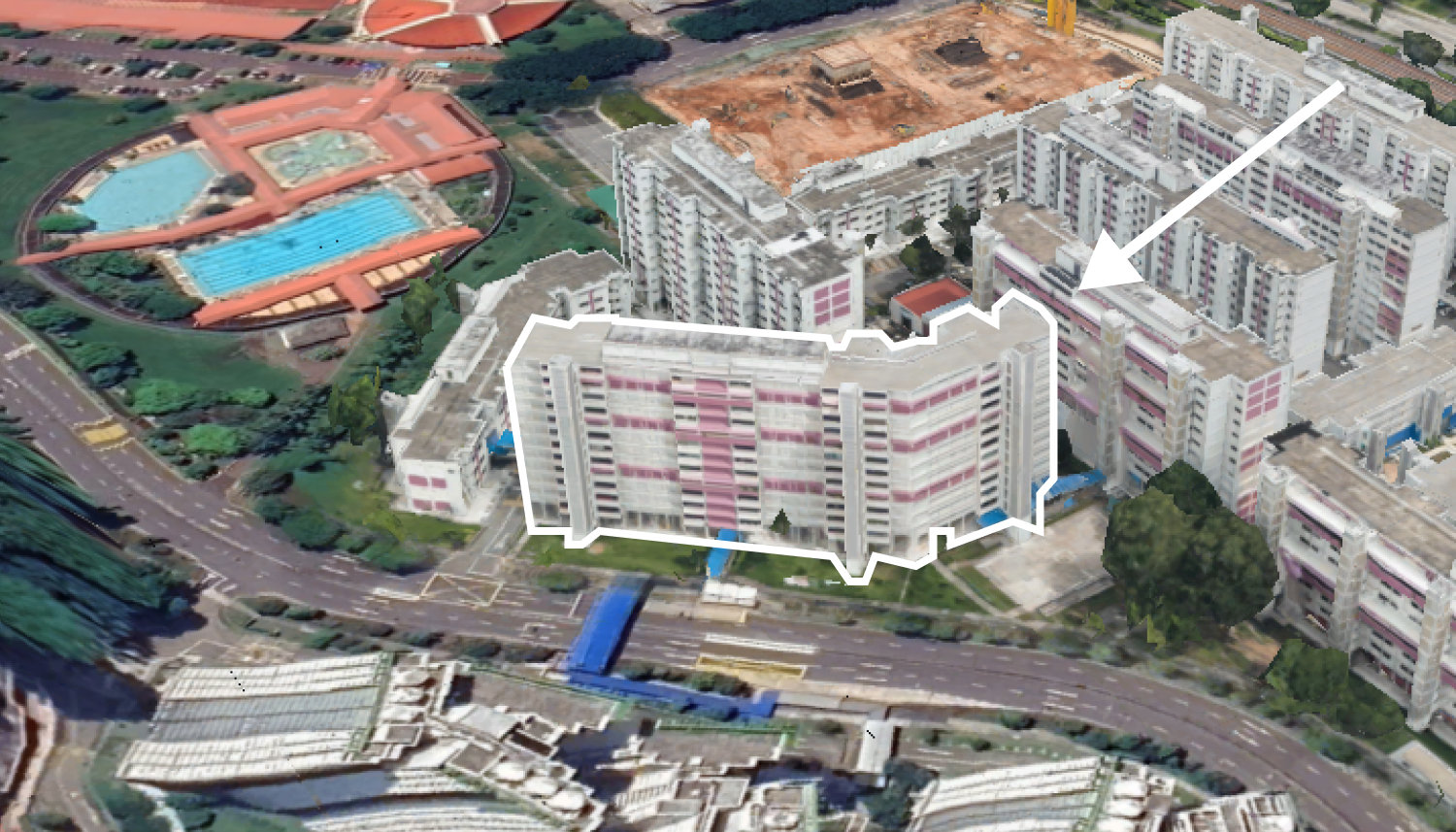
On The Market 5 Spacious 5-Room HDB Flats Under $600K You Can Still Buy Today
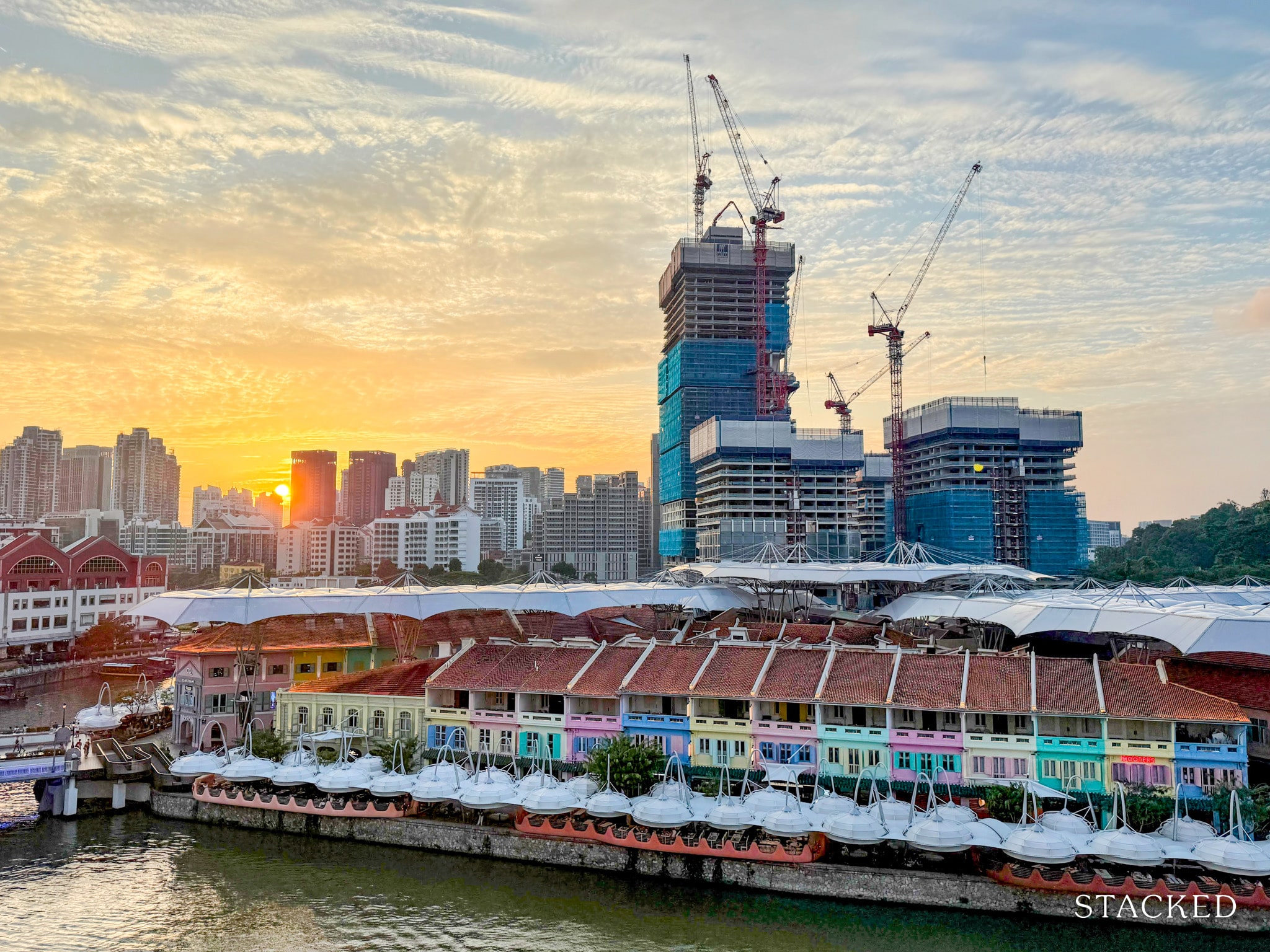
Property Market Commentary 7 Close To TOP New Launch Condos In 2026/27 For Those Looking To Move In Quick

Property Advice I Own A 55-Year-Old HDB Flat, But May Have To Sell — Can I Realistically Buy A Freehold Condo With $700K?

Property Market Commentary Why It’s So Much Harder For Young Singaporeans To Buy A Home Today
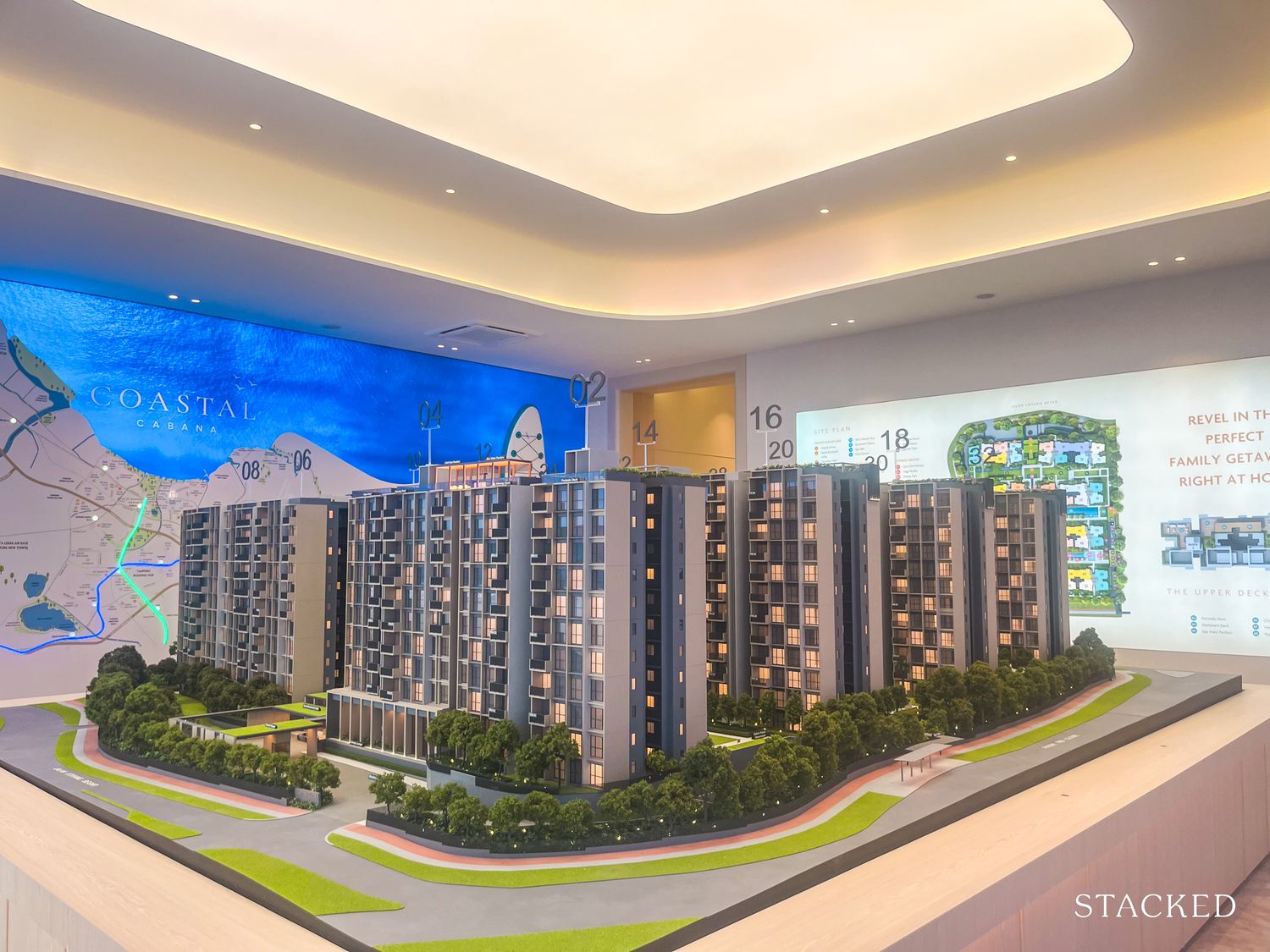
New Launch Condo Reviews Coastal Cabana EC Review: A Unique EC With Sea Views Priced From $1.438M
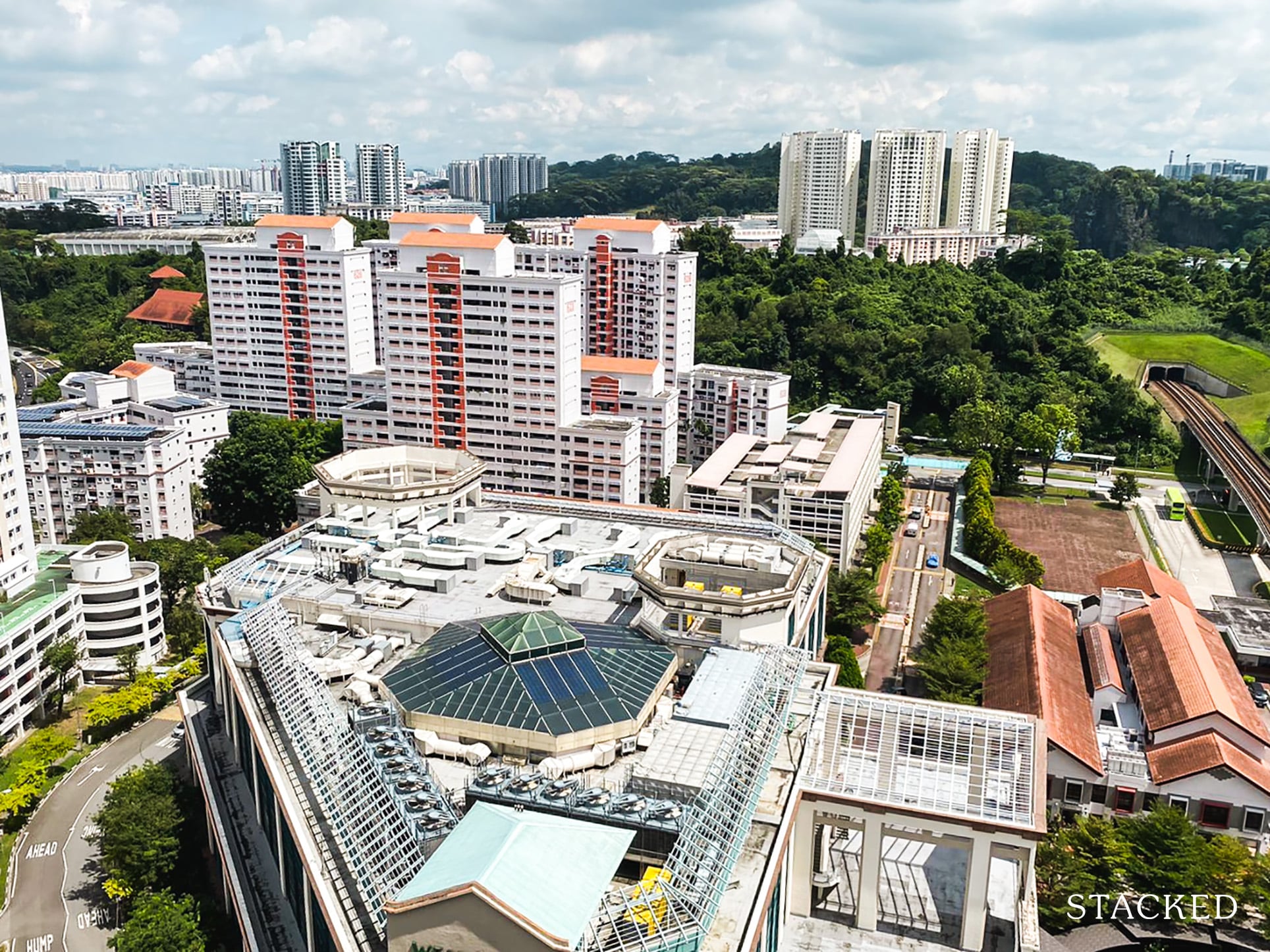
Property Market Commentary Which HDB Towns Sold the Most Flats This Year? The 2025 Rankings Reveal Some Surprises
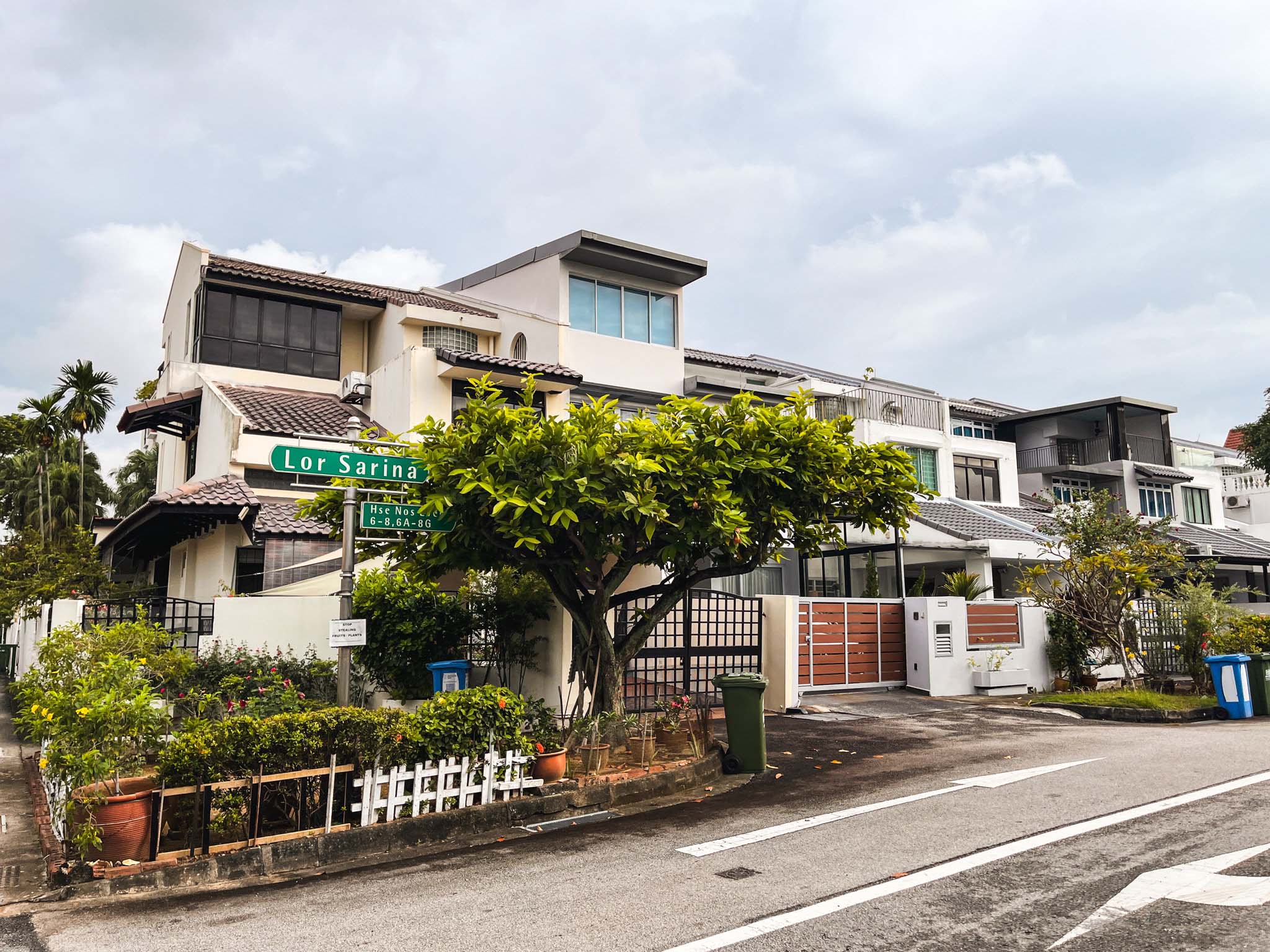
Landed Home Tours We Toured a Freehold Landed Area Buyers Overlook — It’s Cheaper (and Surprisingly Convenient) From $3.2M

Singapore Property News The Hidden Costs of Smaller Homes in Singapore

Property Advice We Own A 2-Bedder Condo In Clementi: Should We Decouple To Buy A Resale 3 Bedder Or Sell?
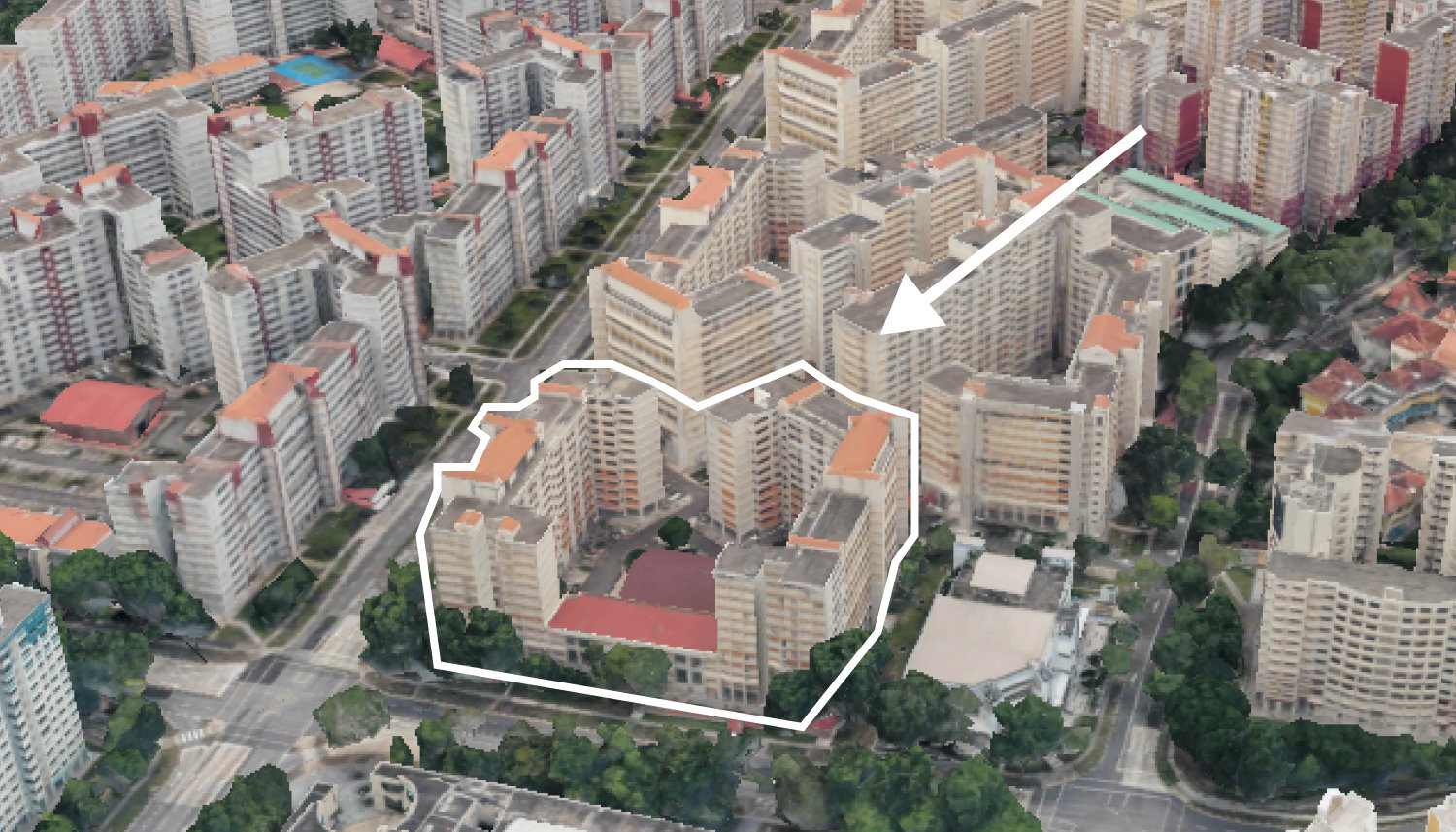
On The Market We Found the Cheapest Yet Biggest 4-Room HDBs You Can Buy From $480K
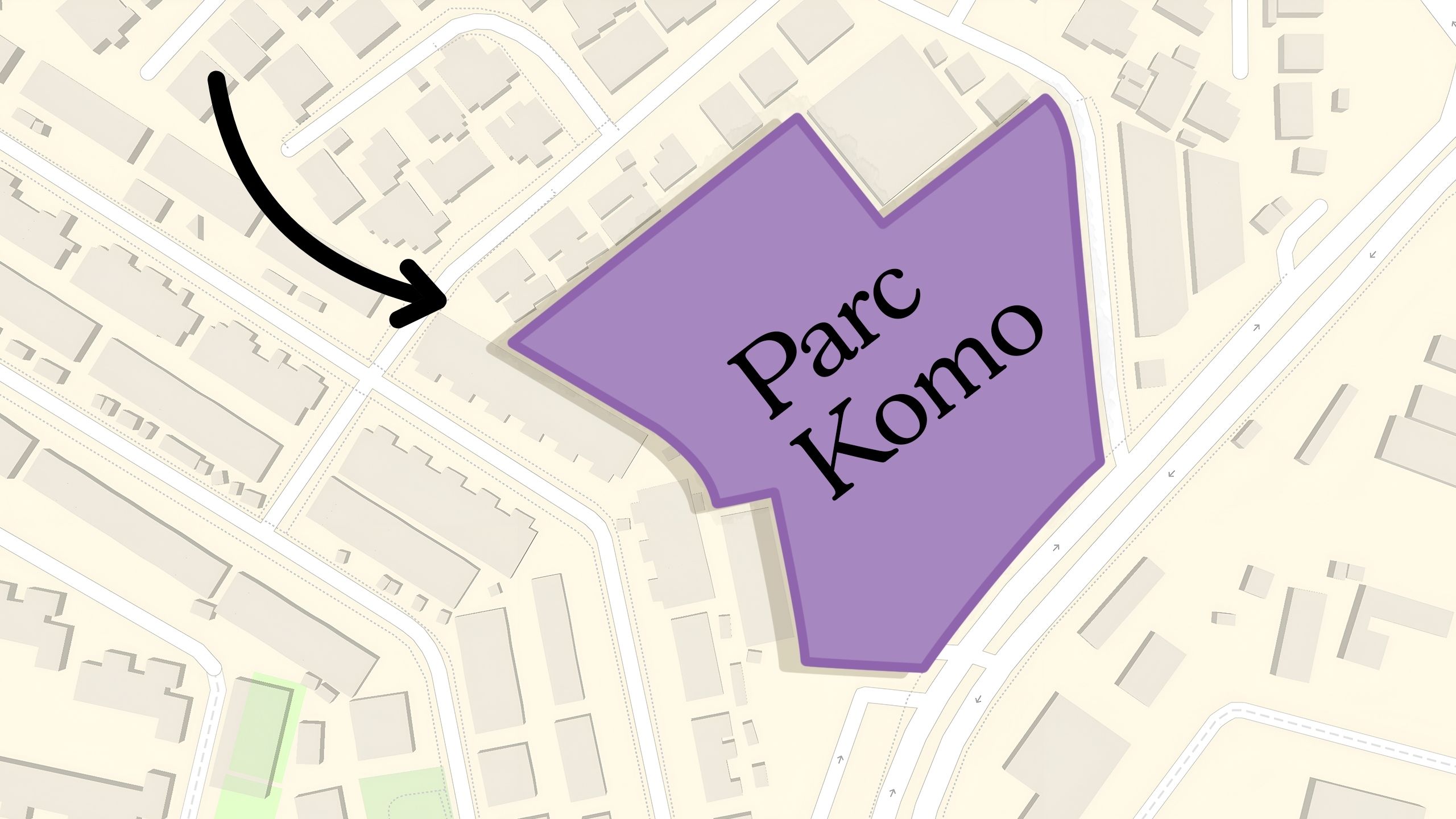
Pro Why This Freehold Mixed-Use Condo in the East Is Underperforming the Market
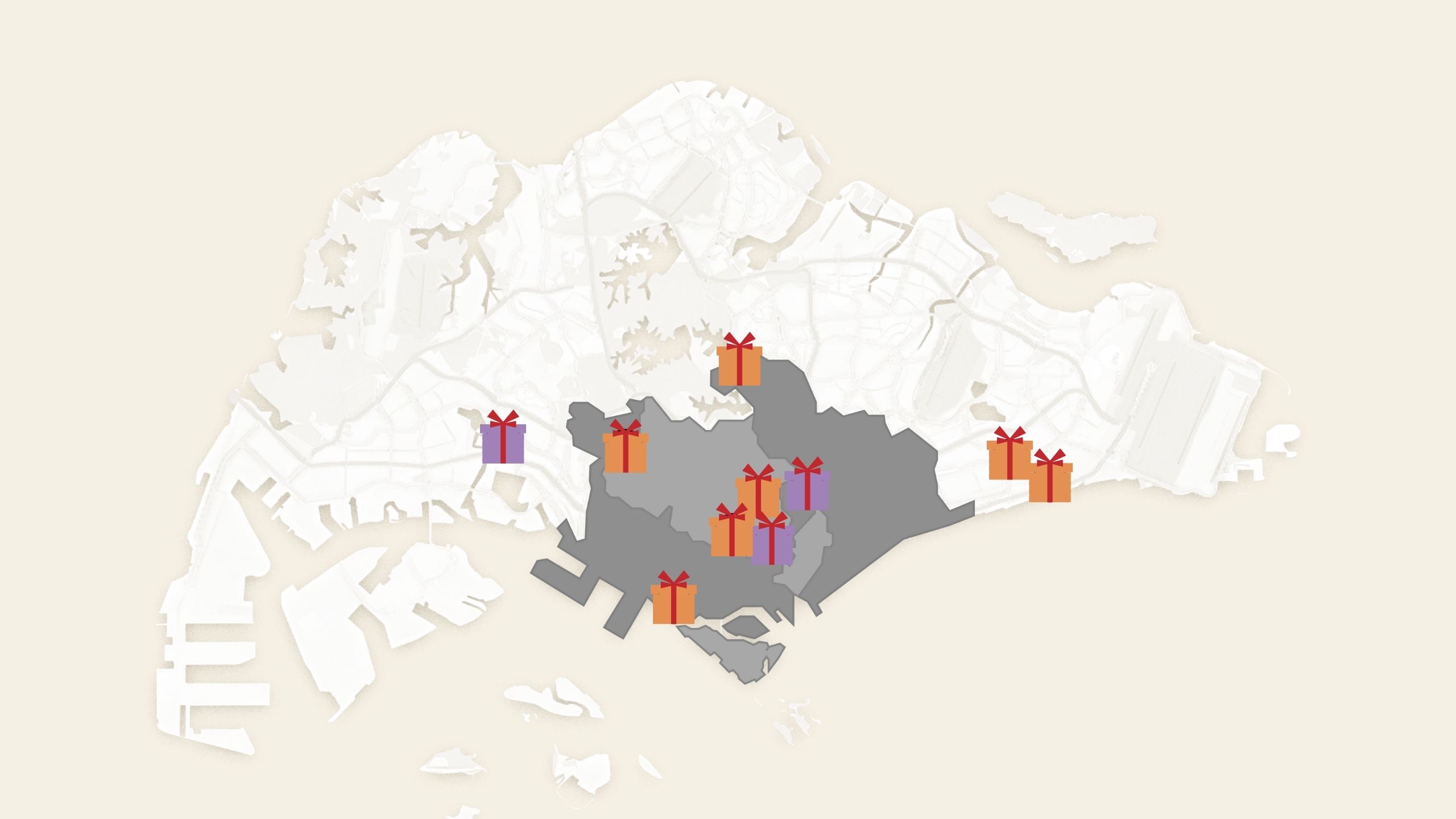
Singapore Property News 10 New Upcoming Housing Sites Set for 2026 That Homebuyers Should Keep an Eye On

Homeowner Stories I Gave My Parents My Condo and Moved Into Their HDB — Here’s Why It Made Sense.
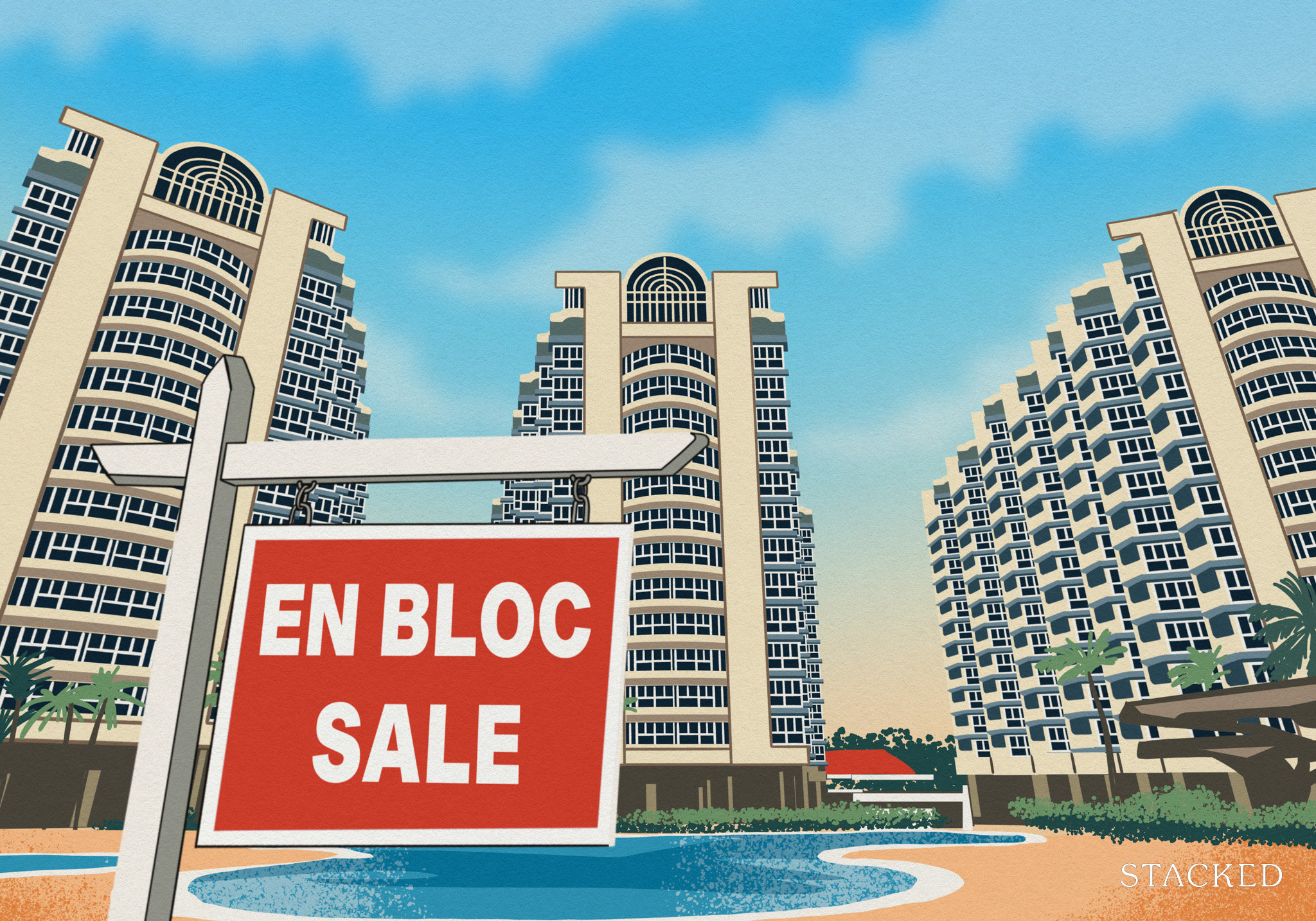
Singapore Property News Will Relaxing En-Bloc Rules Really Improve the Prospects of Older Condos in Singapore?
